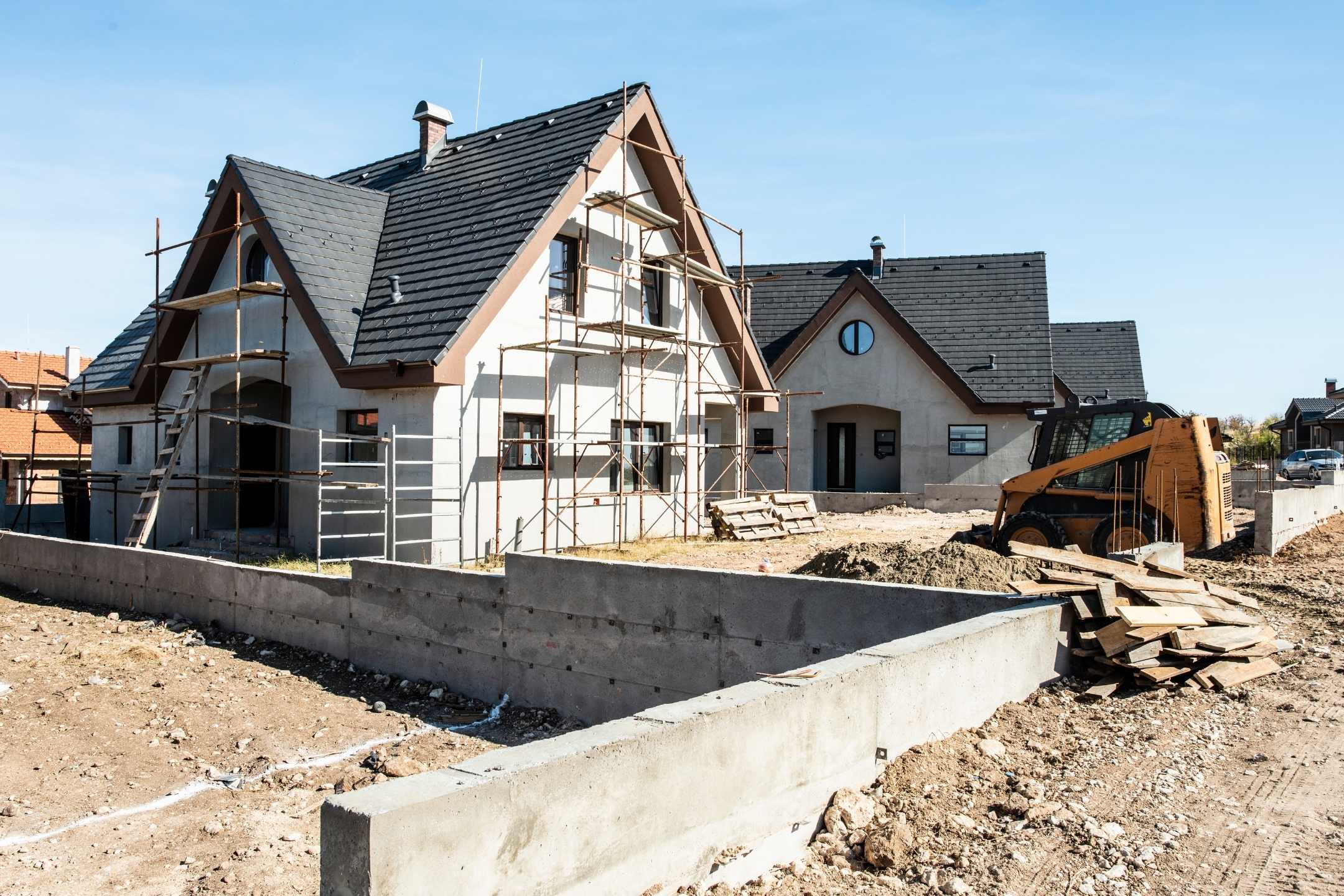Over the past few years, building regulations in the UK have been updated to make it easier for people to construct outbuildings. With these rules, homeowners will usually not need to apply for planning permissions to build sheds, summer houses, and other outbuildings. However, certain exceptions apply, as we shall see below.
What is the Maximum Size of an Outbuilding without Planning Permission?
It is possible to build an outbuilding or shed without getting planning permission, but you will still have to adhere to certain size requirements. Firstly, the outbuilding must occupy less than 50% of the space around your property. You also have to ensure that the total floor area doesn’t go over 15 square metres. If you’re building the shed in a restricted place such as Conservation Areas or Areas of Outstanding Natural Beauty, the total floor area will be capped at 10 square metres.
The height of the eaves of the outbuilding should never exceed 2.5 metres, and the building should be a single storey with a total build height of 3 metres. If the outbuilding is located within 2 metres of the property, its total height should not exceed 2.5 metres.
What Size Outbuilding can I Build Under Permitted Development?
In many cases, you won’t need planning permission to build a summer house, shed, or barn. You don’t need to seek permission if the outbuilding is at the back or side of the house and does not take up more than 50% of the space. It should also be ancillary to the main house and shouldn’t be constructed as a separate dwelling. If you are planning to construct the building within 2 metres of your fence, you should make sure it isn’t taller than 2.5 metres at its highest point. It is important to check the local laws if you are planning to build a shed or barn very close to the neighbour’s boundary.
If the out building or summer house is set to be constructed further than 2 metres from the fence, it can go up to a maximum height of 4 metres. However, if the house doesn’t have an apex roof, its height must not be more than 3 metres. Regardless of the type of roof, the eaves should never be higher than 2.5 metres.
As mentioned earlier, you will need to get planning permission when building on designated land such as Conservation Areas, regardless of the size of the outbuilding.

Are Outbuildings Subject to Building Regulations?
In most cases, you will not need to follow building regulations when constructing outbuildings. However, if the dwelling is set to cover more than 15 square metres and rises above 30 metres, you will have to apply for permission. Also, buildings that are meant to be used for sleeping have to follow certain regulations.
Can I Build a Shed Next to My Neighbour’s Fence?
When building a shed next to your neighbour’s fence, you will have to consider both legal and practical factors. As per the UK building regulations, you won’t need to get planning permission if the shed has a height of 2.5 metres or less. If it sits at least 2 metres from the fence or wall, you will also be allowed to carry on with the construction without having to apply for planning permission. If you want to exceed these limits, you will need to apply for planning permission.
So, how close can you build the shed to the fence? The distance will vary depending on the area you live in, but generally, you will have to leave a distance of about 1.5 metres between the shed and the neighbour’s fence.
You may be tempted to build very close to the neighbour’s fence, particularly if you have a friendly understanding with them. However, this is usually a bad idea as it can result in penalties and other legal issues. You may also not have a very friendly relationship with your future neighbours, and this can create an issue with the shed. The council may insist that you take down the shed if it contravenes any planning laws, and any resistance from your end can lead to prosecution.
It is also important to note that building a shed very close to the fence will prevent the structure from breathing, and this can lead to the buildup of dampness and mould. Building the structure just next to the fence can also prevent you from accessing the shed. It will make it harder for the door to open properly and can make it difficult for you to manoeuvre cumbersome garden equipment like lawnmowers.
What Size Shed Can I Build Without Planning Permission UK?
The rules for sheds and barns are similar to those of other outbuildings. If you are not planning on building a huge shed, you will be able to complete the project without planning permission. In this case, you will have to ensure that the building does not exceed a height of 2.5 metres if you are planning to build within 2 metres of the property’s boundary. Sheds that are further from the boundaries can have a height of up to 4 metres. As a general rule, the shed shouldn’t cover an area of more than 15 square metres. The current laws stipulate that the shed or any other outbuildings shouldn’t cover an area of more than 50% of the land around your original house. In this case, the original building refers to the house as it was initially constructed.

How Far Can You Extend a House without Planning Permission 2022?
You may also be wondering how far you can extend your house without planning permission in 2022. For a single-storey extension, you will only be able to cover half the area of land around the original house with the extension and any other outbuildings. You also can’t construct the extension forward of the side elevation and can’t build it towards the road without planning permission. When building the rear extension of the house, you will not be allowed to go beyond the back wall of the property by more than 4 metres.
If your house is more than one storey, the extension cannot go past the back wall of the property by more than three metres. If you are building within two metres of the boundary, the maximum height of the eaves cannot go beyond three metres. You should also ensure that the eaves and ridge aren’t taller than the existing property. The extension should always be at least seven metres away from the rear boundary of the property.
Conclusion
The government has recently changed some aspects of its buildings regulations, and these have helped to make it easier to construct outbuildings. If you don’t want to apply for planning permission, you should ensure that the shed, barn, or summer house doesn’t exceed 2.5 metres in height. The building cannot take up any more than 50% of the space around your original house. The barn or shed should also not cover more than 15 square metres. If you want to exceed these limitations, you will have to apply for planning permission. Note that outbuildings that are meant for sleeping will always be subject to buildings regulations, regardless of their sizes.







